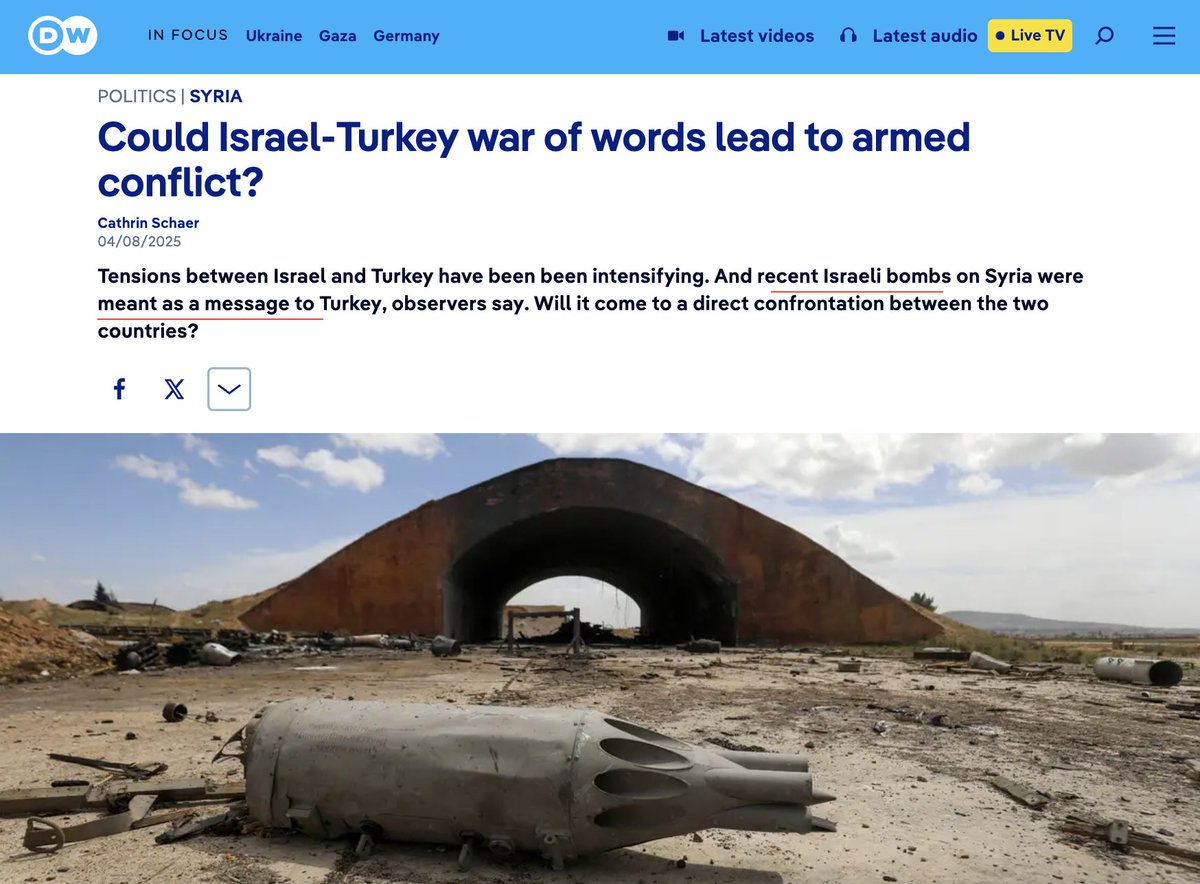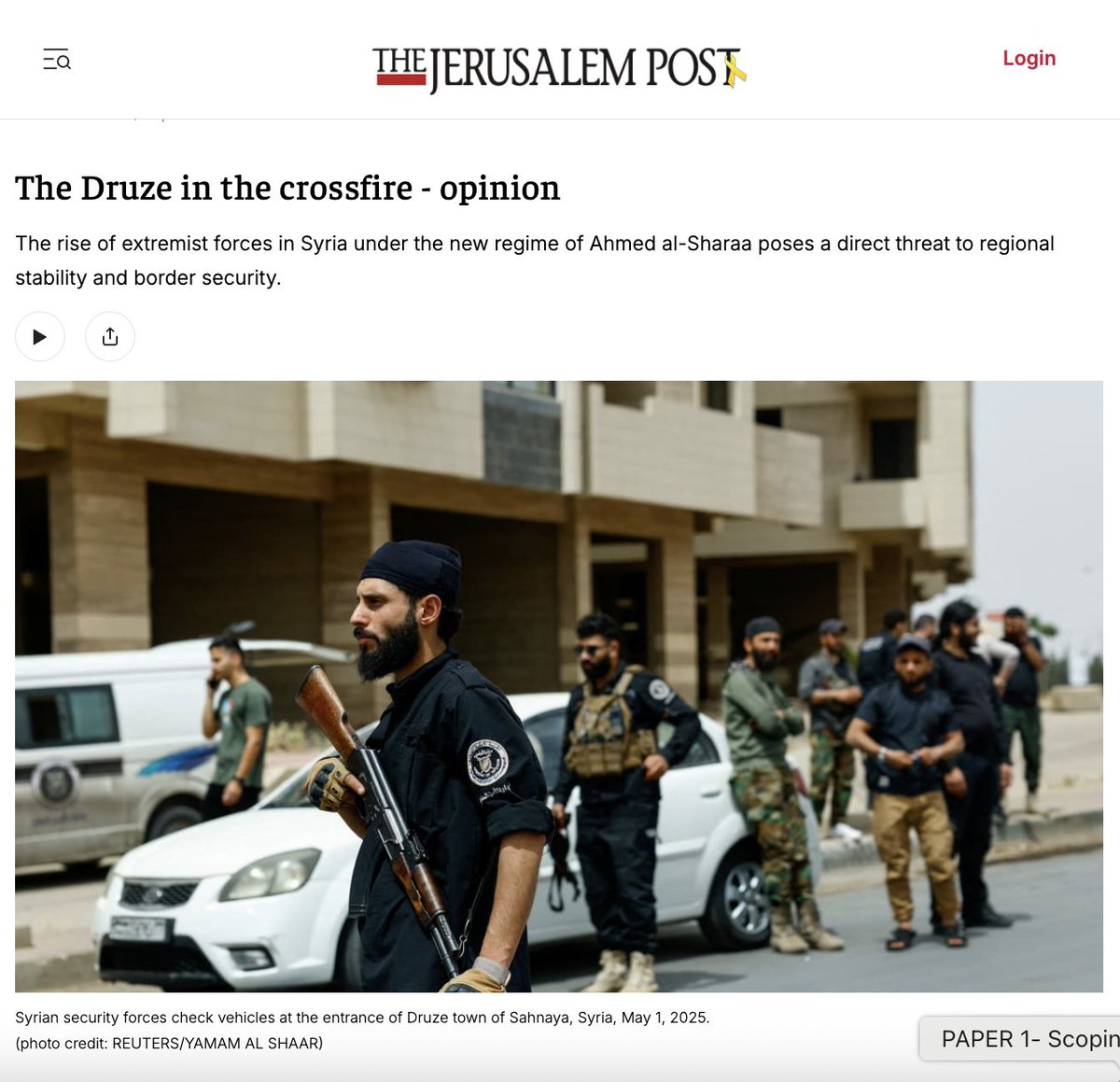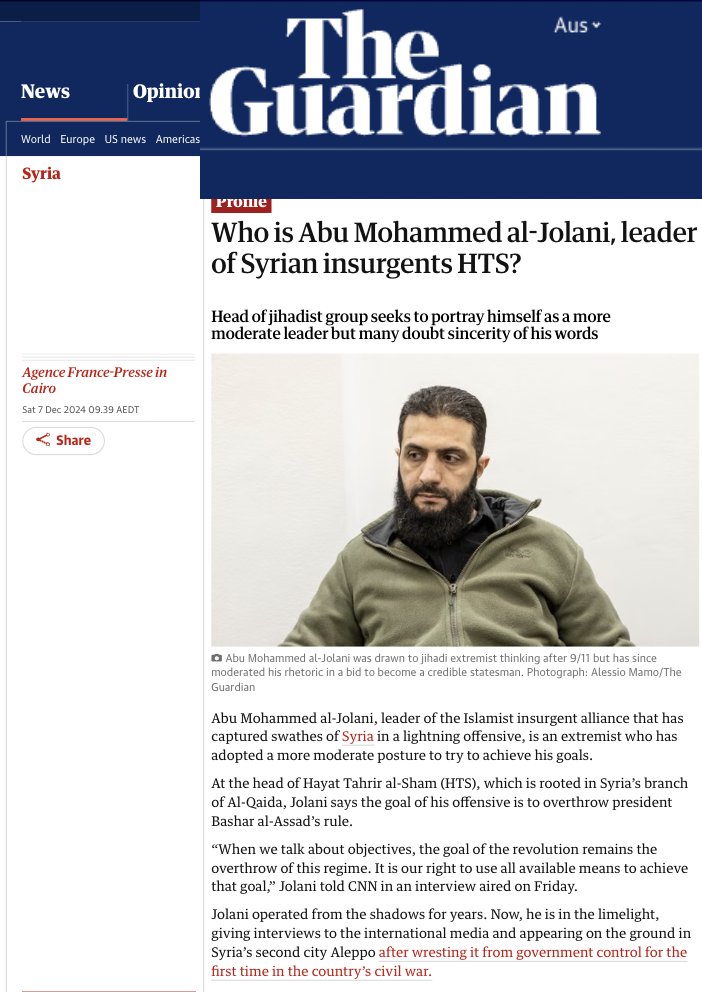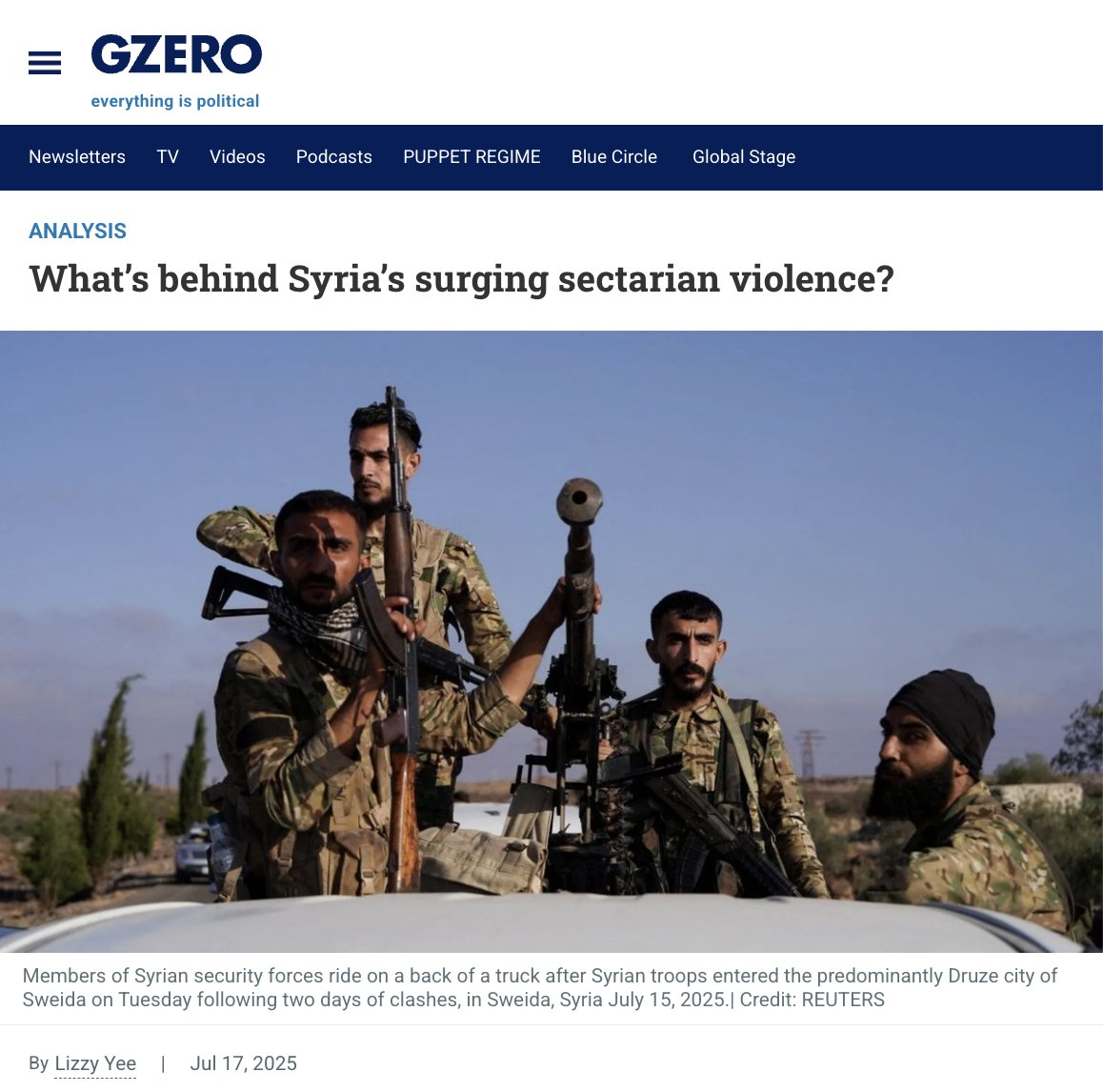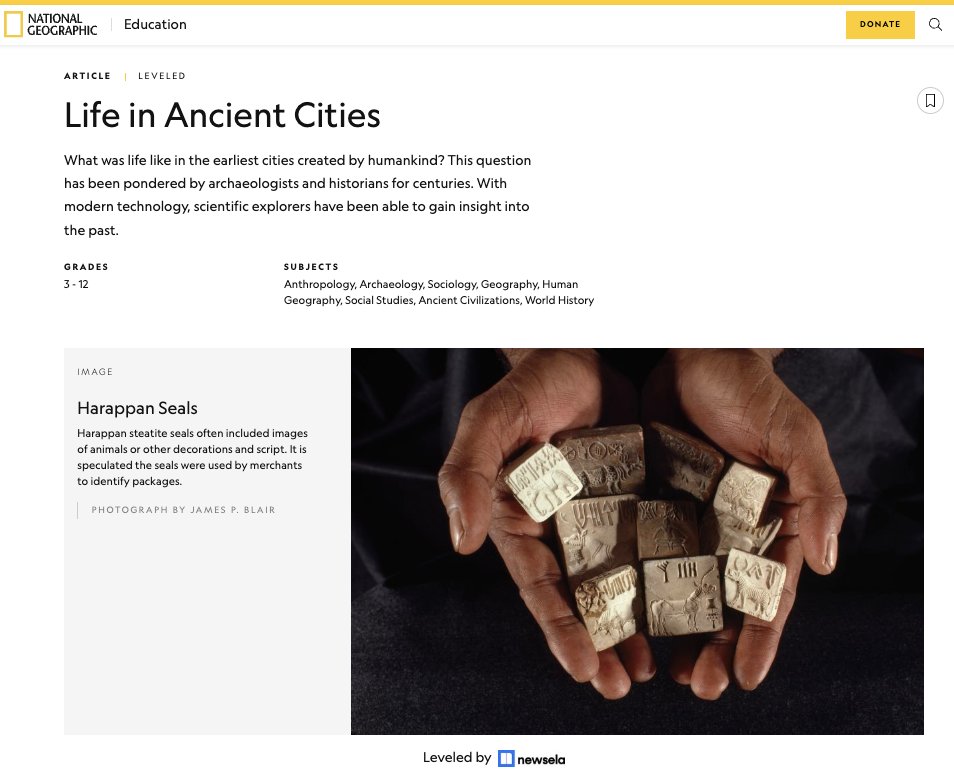1/5
What do great nations do when one door is slammed shut?
Amid the India–US tariff war, India is not sulking: it is strategising.
The Economic Times (via Reuters) reports that India has drawn up a new export strategy covering nearly 50 countries.
Yes, 50 nations! 🌏🇮🇳
A thread 🧵
What do great nations do when one door is slammed shut?
Amid the India–US tariff war, India is not sulking: it is strategising.
The Economic Times (via Reuters) reports that India has drawn up a new export strategy covering nearly 50 countries.
Yes, 50 nations! 🌏🇮🇳
A thread 🧵

2/5
This isn’t just a reaction; it’s realignment.
Outreach is widening to China, the Middle East, and Africa.
Free trade agreements with Iceland, Liechtenstein, Norway, and Switzerland take effect on October 1.
The UK deal comes into force next April. Talks with Oman, Chile, Peru, Australia, New Zealand, and the EU are already finalised.
This isn’t just a reaction; it’s realignment.
Outreach is widening to China, the Middle East, and Africa.
Free trade agreements with Iceland, Liechtenstein, Norway, and Switzerland take effect on October 1.
The UK deal comes into force next April. Talks with Oman, Chile, Peru, Australia, New Zealand, and the EU are already finalised.

3/5
Sector by sector, the shift is clear.
Seafood exports are pivoting to Russia, the UK, the EU, Norway, Switzerland, and South Korea.
For diamonds and jewelry, India is turning to Vietnam, Thailand, Malaysia, and Africa.
The message?
India is finding tailored markets for each industry, hedging risk, and multiplying opportunity.
economictimes.indiatimes.com/news/economy/f…
outlookbusiness.com/economy-and-po…
Sector by sector, the shift is clear.
Seafood exports are pivoting to Russia, the UK, the EU, Norway, Switzerland, and South Korea.
For diamonds and jewelry, India is turning to Vietnam, Thailand, Malaysia, and Africa.
The message?
India is finding tailored markets for each industry, hedging risk, and multiplying opportunity.
economictimes.indiatimes.com/news/economy/f…
outlookbusiness.com/economy-and-po…

4/
The same pattern runs through cotton.
India has extended the import duty exemption on cotton till 31st December 2025.
The import duty exemption applies to all imported cotton, not just from America.
Why?
To protect India’s textile industry from tariff shocks, stabilise domestic prices, and safeguard millions of weavers, spinners, and small manufacturers who form Bharat’s backbone.
The same pattern runs through cotton.
India has extended the import duty exemption on cotton till 31st December 2025.
The import duty exemption applies to all imported cotton, not just from America.
Why?
To protect India’s textile industry from tariff shocks, stabilise domestic prices, and safeguard millions of weavers, spinners, and small manufacturers who form Bharat’s backbone.

5/5
Tariffs may close one door, but India is opening fifty more.
This is strategic autonomy in action.
From textiles to seafood to diamonds, Bharat is diversifying, shielding jobs, strengthening competitiveness, and rebalancing global trade.
Bharat will not be boxed in by the whims of "Washington".
India is not following the world’s playbook—it’s writing a new one for a multipolar economy. ✊🇮🇳
Tariffs may close one door, but India is opening fifty more.
This is strategic autonomy in action.
From textiles to seafood to diamonds, Bharat is diversifying, shielding jobs, strengthening competitiveness, and rebalancing global trade.
Bharat will not be boxed in by the whims of "Washington".
India is not following the world’s playbook—it’s writing a new one for a multipolar economy. ✊🇮🇳

@threadreaderapp Unroll, thanks!
• • •
Missing some Tweet in this thread? You can try to
force a refresh








